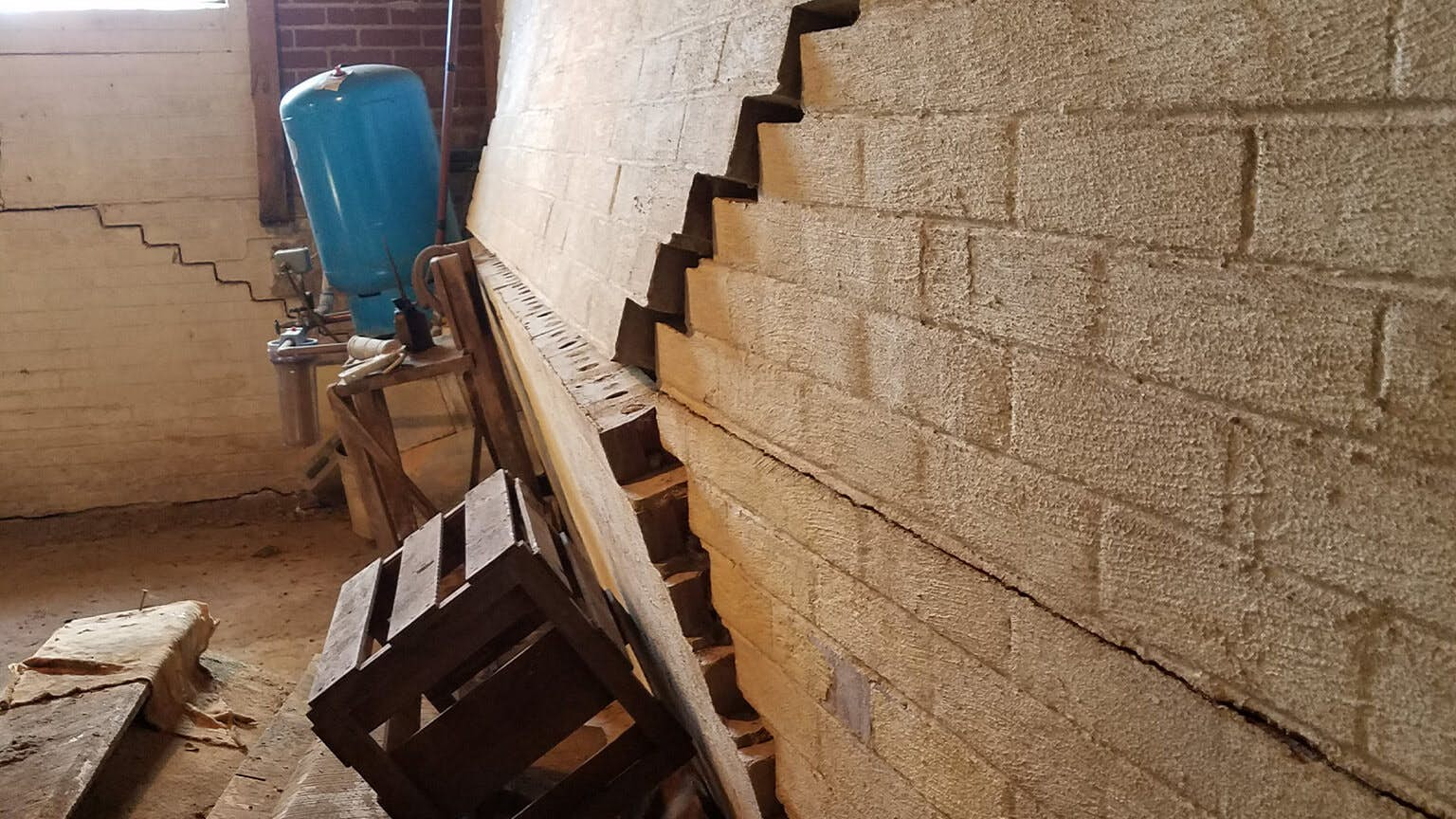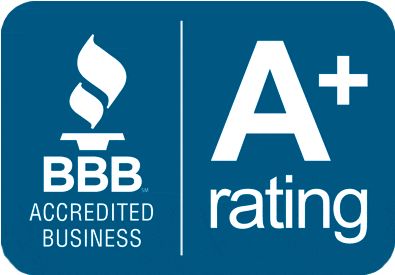Foundation Problem Signs
Bowing Basement Walls

At ’58 Foundations & Waterproofing, we're experts in identifying the early warning signs of bowing basement walls, understanding their root causes, and recommending effective repair solutions, all backed with a warranty for your peace of mind.
Honest & Fair Pricing
Life of the Structure Warranty
Money Back Guarantee
Over 66 Years of Expertise



Bowing basement walls can compromise the safety and structural integrity of your home. Factors like heavy rain, snow, and fluctuating weather can make the soil press against the foundation, leading to these concerns. Additionally, groundwater movement and soil settlement can exacerbate the problem. Hence, regular foundation maintenance is vital to fend off issues like mold growth and drywall damage. Solutions for such foundation concerns range from carbon fiber straps to steel I-beams and helical wall anchors.
Signs of Bowing Basement Walls
- Visual Bulging: While slight wall waviness can be typical, significant curves or bulges signify structural issues, often resulting from hydrostatic pressure or soil settlement.
- Misaligned Frames and Trim: If window frames, door frames, or baseboards appear crooked, it can be an early indication of shifting that may cause further damage.
- Interior Signs: Watch out for cracks in the walls, especially if they are wide enough to fit a dime. These are typically caused by external soil pressure or issues during the home’s construction. Such cracks, especially in masonry supports, are red flags.
- Foundation Stress: Using tools like laser levels, one can detect issues in the foundation support structure. Look for cracks, sticking doors or windows, and other alignment problems.
Repairing Bowing Basement Walls
Once diagnosed, several solutions can stabilize your wall and prevent more damage:
- Carbon fiber straps
- Steel I-beams
- Helical wall anchors
For significant issues or longstanding neglect, partial foundation reconstruction might be needed. Before things escalate to that point, schedule a free inspection with ’58 Foundations & Waterproofing.
Specifically Serving the East Coast: If you’re located anywhere from Atlanta, GA, to Wilmington, DE—including the Carolinas, Virginia, DC, Maryland, East Tennessee, and Central Pennsylvania—we’re here for you. Our ’58 Strong and Carbon ’58 product lines are tailor-made for foundation wall issues:
- Carbon ‘58 Wall Straps
- ‘58 Strong Steel I-Beams
- ‘58 Strong Helical Wall Anchors
Reach out for a complimentary basement wall inspection. If issues arise, we’ll provide a repair estimate. While you might not be ready for repairs today, our free checkups can help you identify and understand any bowing wall warning signs.
Struggling with Foundation Issues?
Join over a million homeowners who've trusted our award-winning services. Request your free estimate and experience the difference.